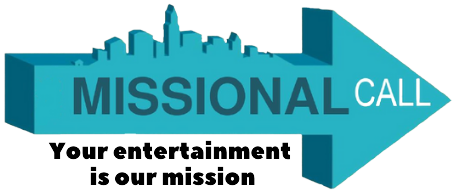How much does a pediatric sleep study cost? The costs vary depending on the services required, the particular service provider, and the insurance provider, but for a service like an overnight sleep study, parents can
How much does a pediatric sleep study cost?
The costs vary depending on the services required, the particular service provider, and the insurance provider, but for a service like an overnight sleep study, parents can expect an average cost of around $1000 to $2000 before insurance is applied. Insurance, including Medicare, can cover the majority of the cost.
When should a child see a sleep specialist?
1. When should my child visit a sleep specialist? When your child has had trouble sleeping for more than a month or if your child is tired during the day for unknown reasons, It’s time to see a doctor specially trained in sleep disorders.
Can a pediatric sleep study be done at home?
Although more research is needed, home testing with at least a type 3 portable monitor offers a viable alternative in the diagnosis of otherwise healthy children with moderate to severe OSA, particularly in settings where access to polysomnography is scarce or unavailable.
What does a pediatric sleep specialist do?
What is a pediatric sleep doctor, exactly? A certified pediatric sleep doctor is uniquely qualified to test and treat children for sleep issues and disorders like sleep apnea. This is the most qualified kind of professional for you to go to if your child is suffering from poor sleep.
How many hours do you need for a sleep study?
Nearly everyone falls asleep during a sleep study. In most cases, you do not need a full eight hours of sleep for the doctor to make a diagnosis. Occasionally, you may be prescribed medication to help you sleep during the study. In the morning, the technologist will test and then remove the sensors.
Why would a child need a sleep study?
Sleep studies are often ordered to find out if a child has problems breathing while asleep. Obstructive sleep apnea (OSA) is one of the most common reasons for doing a sleep study. It is often found in children who snore, gasp for air, or stop breathing while asleep.
What happens at a child’s sleep study?
Small plastic prongs at the nose will measure your child’s exhaled air. Elastic or cloth belts will be placed on your child’s chest and stomach, usually over their night clothes. Stick-on electrodes will be placed on your child’s face and chest to measure eye movements, heart rate and muscle tone during sleep.
What are three common sleep problems in early childhood?
Pediatric Sleep Disorders
- Arousal Disorders.
- Snoring.
- Upper Airway Resistance Syndrome (UARS)
- Obstructive Sleep Apnea (OSA)
- Central Sleep Apnea (CSA)
- Restless Legs Syndrome.
- Insomnia.
- Nighttime Sleep Behaviors/Parasomnias.
What are some common sleep problems that toddlers experience?
Parasomnias are common in childhood; sleepwalking, sleep talking, confusional arousals, and sleep terrors tend to occur in the first half of the night, whereas nightmares are more common in the second half of the night.
